Description
Herb Catnip organic
Herb Catnip organic. An attractive hardy perennial herb, a vigorous member of the mint family. This spreading plant grows to 24” with lavender blue flowers all summer and a minty fragrance. Irresistible to bees, butterflies, beneficial insects and a favourite for cats.
Cultivation For
- Choose a well-drained area with full to partial sunlight for planting catnip. Ensure good air circulation to prevent fungal diseases.
- Catnip prefers slightly alkaline, well-draining soil. Incorporate organic compost or aged manure into the soil before planting for added nutrients.
- Sow catnip seeds in early spring after the last frost or in the fall. You can also propagate it from cuttings or transplants.
- Scatter catnip seeds over the prepared soil and lightly cover them with a thin layer of soil, as they require light to germinate. Space plants about 18 to 24 inches (45 to 60 cm) apart.
- Keep the soil consistently moist during the initial growth stages. Once established, catnip is relatively drought-tolerant and doesn’t require frequent watering.
- Apply organic mulch around catnip plants to retain moisture and suppress weed growth. Regularly remove weeds to prevent competition for nutrients.
- Use organic fertilizers like compost or worm castings sparingly to supplement soil nutrients. Catnip generally doesn’t require heavy feeding.
- Catnip is known to repel certain pests like aphids and ants. Planting it alongside susceptible plants can help deter these pests.
- Harvest catnip leaves before flowering for optimal potency. Cut stems and hang them upside down in a dark, dry area to dry for later use.
- Prune catnip regularly to encourage bushier growth and to prevent it from becoming leggy. Pinch back stems to promote fuller foliage.
- Catnip is hardy and can survive winters. Adding a layer of mulch around the base of the plant can protect it from extreme cold.
- Consider planting catnip near vegetables or flowers to attract beneficial insects like pollinators while deterring certain pests.
- Catnip leaves can be used to make herbal tea known for its calming effects. Dry the leaves and steep them in hot water for a soothing tea.
- If starting from transplants or cuttings, ensure a smooth transition by carefully handling the root ball and planting at the same depth as it was previously growing.
- While catnip thrives in full sun, it can tolerate partial shade. Aim for at least 6 hours of sunlight daily for optimal growth.
- Catnip grows well in containers, making it a suitable herb for balcony gardens or indoor herb planters. Ensure the container has good drainage.
- Catnip can spread vigorously. Consider containing its growth by planting it in pots or using barriers to prevent it from taking over other areas of the garden.
- Avoid overwatering catnip, as it’s susceptible to root rot in waterlogged soil. Allow the soil to dry out slightly between waterings.
- Create an organic pest repellent spray using catnip. Steep dried catnip leaves in water, strain, and use the liquid in a spray bottle to deter pests in the garden.
- Grow catnip in a designated area or in pots to offer fresh leaves for your feline companions. Cats typically enjoy rubbing against, rolling in, or nibbling on the fresh leaves.
- Plant catnip near vegetables like peppers or eggplants to repel pests like aphids or flea beetles, enhancing the overall health of the garden.
- Allow some catnip plants to flower and produce seeds. Harvest the seeds when the seed pods turn brown and dry. Store them in a cool, dry place for future planting.
- Besides making tea, dried catnip leaves can be used in sachets or herbal remedies for humans due to their calming properties.
- While catnip repels some pests, it attracts beneficial insects like bees and butterflies, supporting pollination in the garden.
- Maintain a regular care routine for catnip, including occasional pruning, weeding, and monitoring for pests or diseases, to ensure healthy growth year-round.

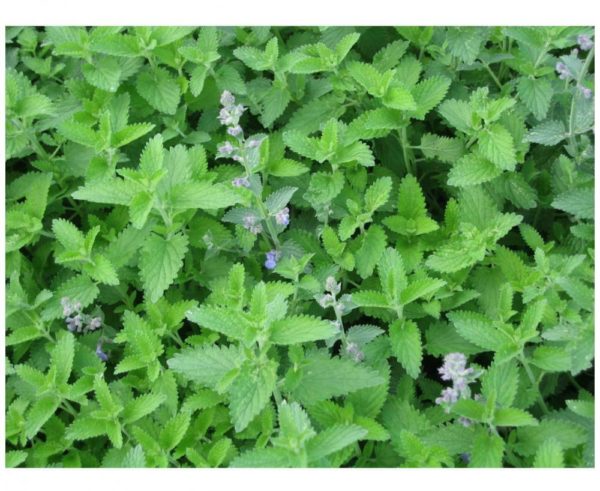
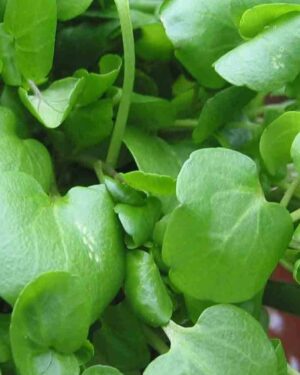
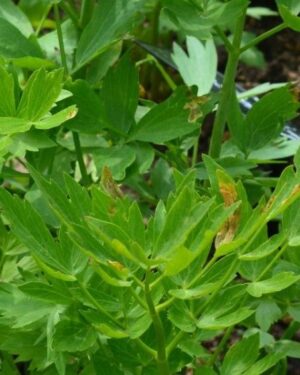



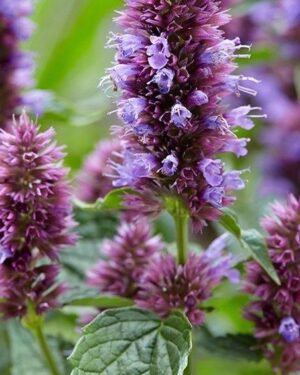
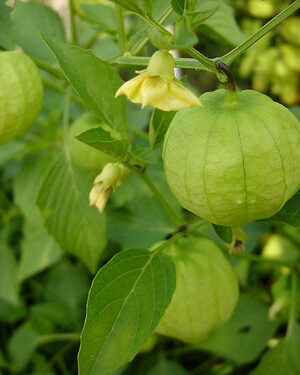
Reviews
There are no reviews yet.